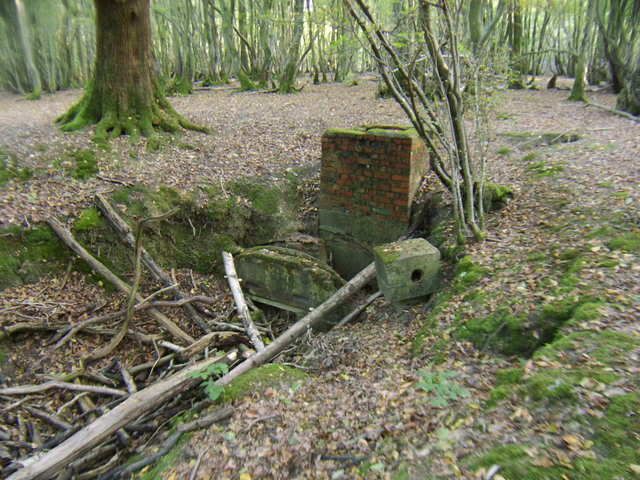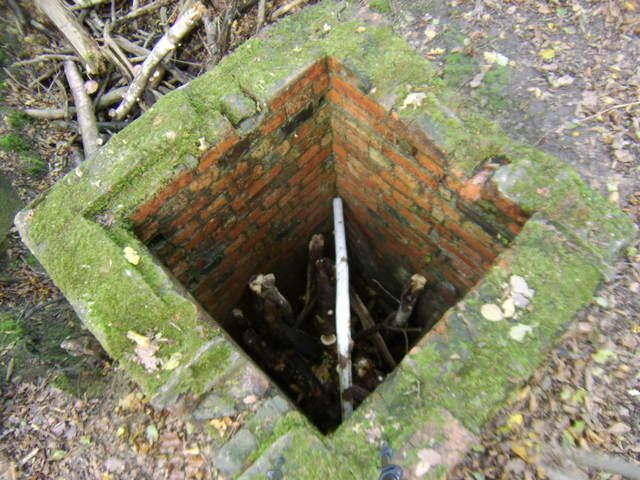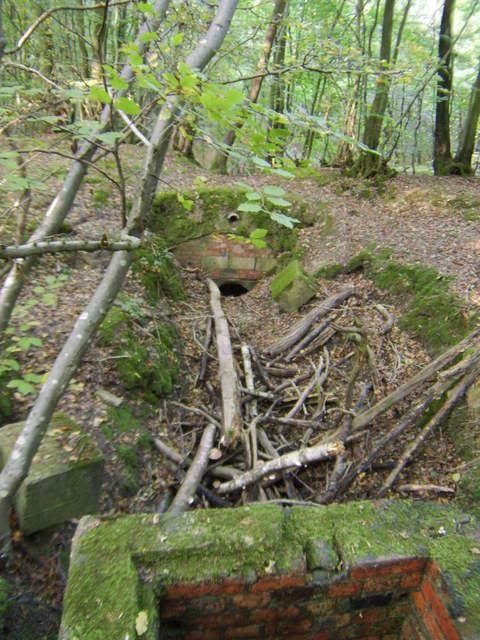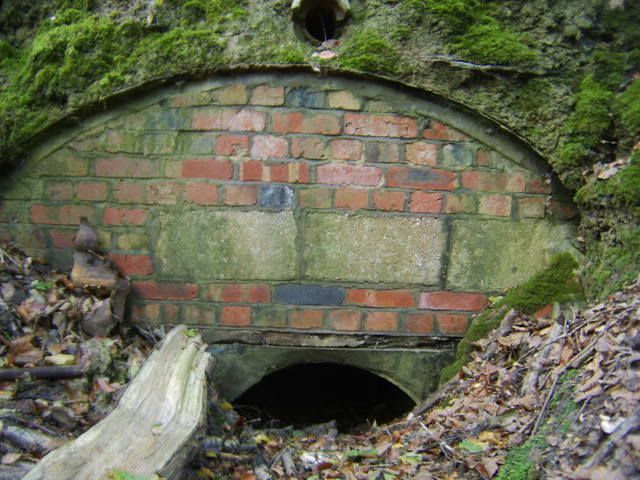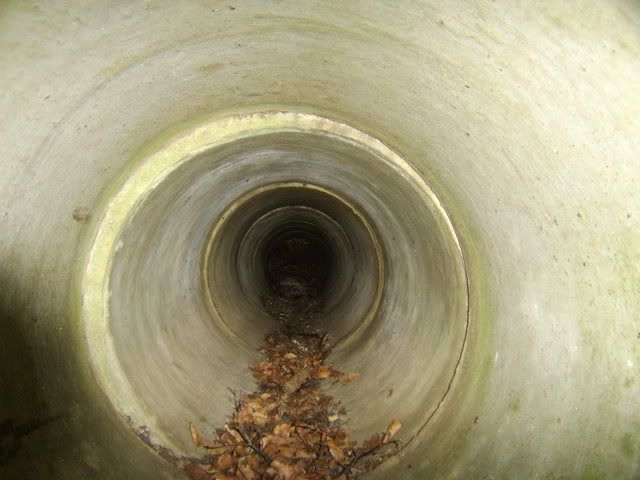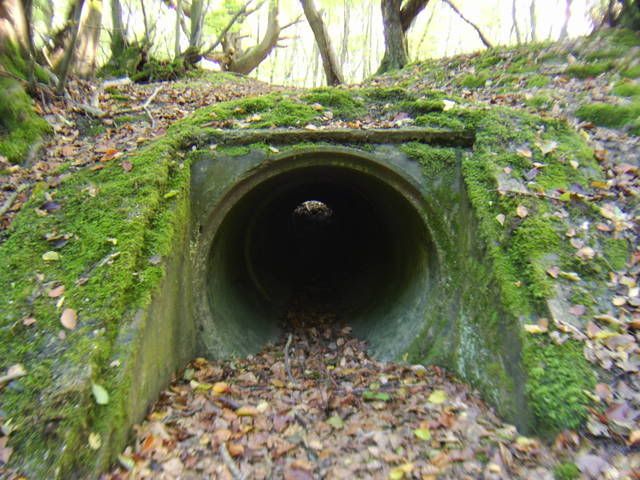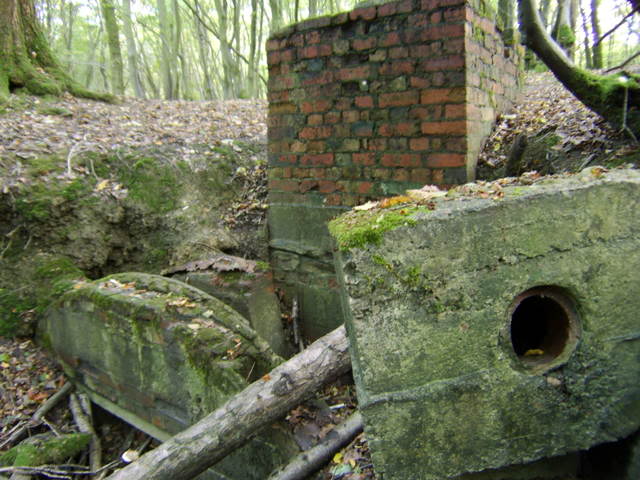Ditchling is a village in the Lewes District of East Sussex.
| Name | Occupation | Posted from | Until |
|---|---|---|---|
| Sergeant George Edwin Thomas | Dairy & pig farmer assisting father |
06 Jan 1941 | 03 Dec 1944 |
| Private Donald Anderson Akins | Hydraulic engineer |
10 Jun 1941 | 03 Dec 1944 |
| Private Arthur Barnes | Chartered electrical engineer |
20 Mar 1942 | 03 Dec 1944 |
| Private William Edwin Davies | Farm foreman |
25 Sep 1942 | 03 Dec 1944 |
| Private Ernest John Gould | Woodman |
17 Apr 1942 | 03 Dec 1944 |
| Private Norman Albert Gue | Farm bailiff |
09 Oct 1942 | 03 Dec 1944 |
| Private Albert James Holmes | Farm hand |
06 Jan 1942 | 03 Dec 1944 |
| Private Samuel Charles Holmes | Farm foreman |
02 Jan 1942 | 03 Dec 1944 |
| Private Miles Campbell Main | Farmer |
06 Jun 1942 | 03 Dec 1944 |
| Private Arthur Richard Sharman | Coal merchant |
25 Jun 1940 | 03 Dec 1944 |
| Private Philip Henry Summers | Farmer assisting father |
08 Oct 1942 | 03 Dec 1944 |
| Private William Warnock | Farmer |
03 May 1943 | 03 Dec 1944 |
| Private James Wigmore | Cowman |
06 Jun 1940 | 03 Dec 1944 |
| Private Henry Wood | Farm manager |
28 Nov 1942 | 03 Dec 1944 |
The OB was constructed 1/2 mile into West Wood beside One Hundred Acre Lane at Wivelsfield. The base comprised a floor area 19 foot long by 9 foot wide with offset entrances / exits. There were barrack-type bed / seats for eight men on either side of a central table.
During construction of the OB a double layer of Chestnut fencing was used for each wheel track. After completion it was removed to keep the site secret - consequently Auxilier's farms received a great deal of free fencing.
The OB was entered via an earth-covered wooden hatch. This could only be opened by pulling a release wire, which then allowed the hatch to spring up. A counter-balance weight assisted the hatch to move to a fully open position.
This revealed a brick shaft going down 13 feet with a ladder made of scaffold poles set into the brickwork.
At the other end of the OB was the emergency exit consisting of a concrete tunnel 2 feet 8 inches wide and 28 feet long. This terminated in another earth covered wooden hatch that was hinged at the top and could only be opened from the inside. It was set at an angle of 45 degrees to emulate the slope onto which it opened out. Ventilation was provided by a network of glazed drainage pipes, four inches in diameter. These came to the surface underneath surrounding ferns and bramble bushes.
The OB contained food, ammunition, explosives, bunk beds, a cooking stove, and a chemical toilet. Water was stored in two 30 gallon galvanised tanks. The bunk beds, when not in use, could be folded flat against the wall to create more space. A table stood in the centre of the main chamber.
After the war the OB was emptied of its contents. Due to the shortage of building material at the time the corrugated iron sheeting that had made up the roof of the hideout was removed and used on George Thomas' farm.
Condensation was a major problem inside the OB. George Thomas remembered having to get the Royal Engineers back and fit a false ceiling to try to alleviate the condition. He also used silica gel crystals to absorb the moisture. Because of this he used to keep a lot of the Patrol's equipment in his own house.
Auxilier Arthur Sharman remembered they tried not to visit the OB too often, in order to keep its whereabouts secret.
Ditchling Patrol
The main target would have been the temporary grassland airfield Number 131 which had been laid out across Bower Farm and Great Homewood Farm, North Chailey. It was used as an Advanced Landing Ground during the move into enemy-held Europe towards 1944, as a fighter base for Polish-piloted Spitfire IXs. Their squadrons (Nos 302, 308 and 317) arrived in late April from nearby Deanland. The site was also used as an emergency landing ground for aircraft damaged in operational flights.
Several B17 Flying Fortresses landed at Chailey ALG and once a Lockheed Lightning made a forced landing on the east-west runway and jumped the road at the end of the runway to finish up where the 'Plough' Inn had been sited prior to the building of the airstrip. The rebuilt Harvey's 'Plough Inn' at Plumpton (TQ 365 182) opened on March 16, 1956 after a temporary Nissen hut hostelry sufficed for the loss of the original Inn.
The grandson of one of the Holmes brothers recalled being told of a training raid on Ford Airfield which ended unsuccessfully. The plan was to break in and leave mock explosives, but they were caught. Unable to explain who they were due to the secrecy around Auxiliary Units, they were beaten with rifle butts in the guardroom.
Auxilier Burt Holmes recalled that localised training always took place at night and involved simulated attacks on surrounding military installations. One such attack involved the Patrol having to enter a guarded radar station, either Truleigh or Poling, and laying dummy charges at the base of the aerial pylons, this they managed successfully.
Another memorable attack took place on Ford Aerodrome where they had to get in and place coloured stickers on various planes to simulate attaching explosives. Some of the Patrol were caught and taken to the guardroom. Once inside, the men were treated very roughly, being told to lie face down and not attempt to get up or they would be hit with a rifle butt.
They did much of the training at Sussex HQ, Tottington Manor but officers also came to their local areas and organised inter-Patrol competitions. They transported the Auxiliers on two-hour journeys, either east or west, to test the security of radar bases, aerodromes, camps etc.
Arthur Sharman recalled: 'We never failed to enter any of them and place dummy charges, but how hard it was to keep awake the next day whilst making hay!'
All the houses and farms on the Downs had been evacuated and the area was used as training grounds for the forces, mainly Canadian troops after 1940. The Patrol practised booby-trapping the house at Standean Farm, north of Brighton. There was a Nissen hut built halfway up Ditchling Beacon to service drums of incendiaries slotted into the bank sides.
It was only in later life that George Thomas finally got rid of the explosives he kept at home. He called in the Army to assist in this task and they destroyed them harmlessly on his land.
George Thomas' favourite explosive charge was a five gallon drum of petrol with a ring of Cordtex and a detonator. This combination gave, as he put it, "a spectacular explosion".
Intelligence Officer, Captain Bradford, just prior to D-Day, asked most of the Auxiliers to volunteer to be dropped with him in France behind the German defences. They were to have two weeks parachute training first.
Fortunately they were not called upon for sadly Captain Bradford and his batman were killed when they ran into a German Patrol after three weeks of operation in France.
TNA reference WO199/3391
Hancock data held at B.R.A
'The Secret Sussex Resistance' by Stewart Angell
